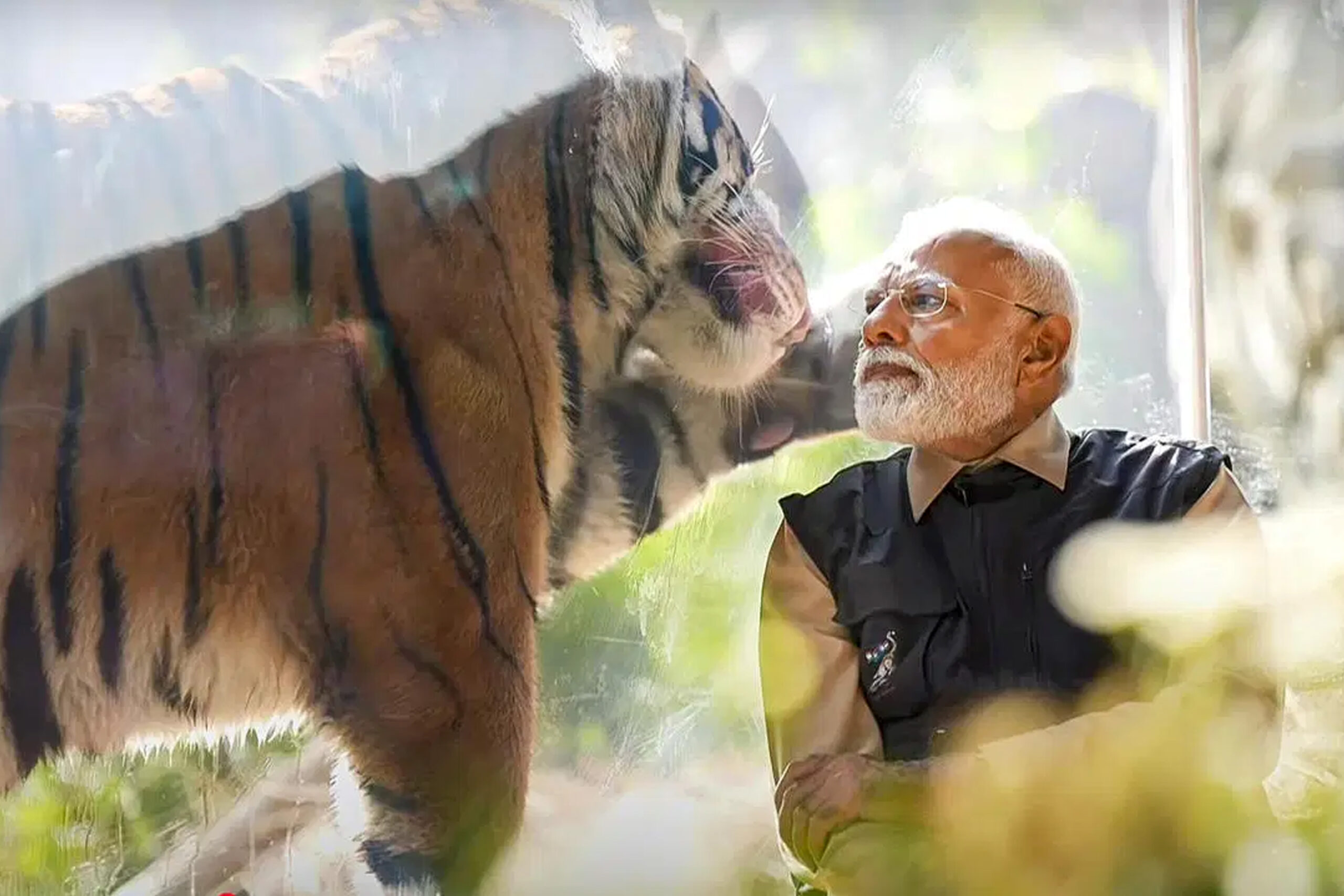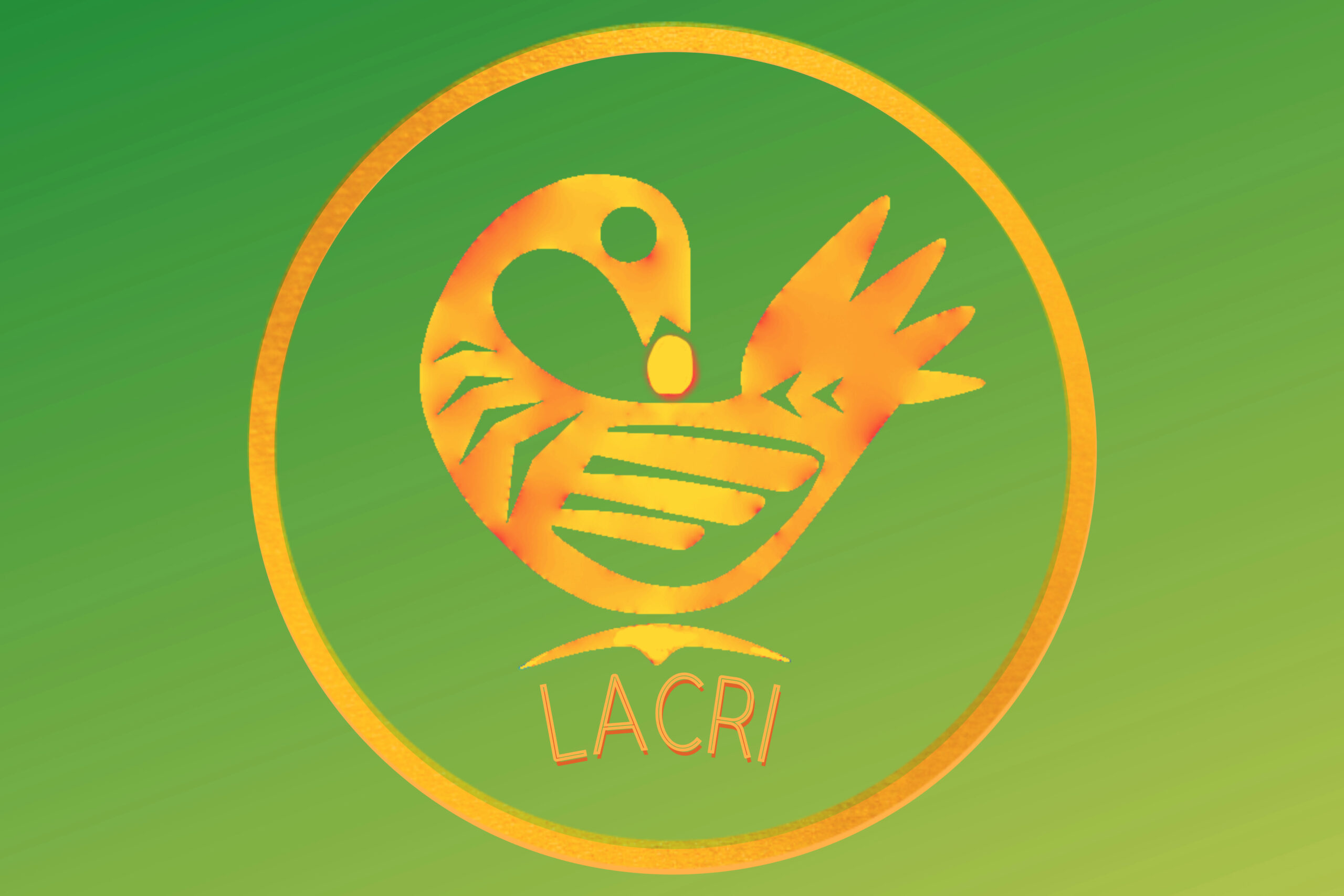Noha Atef is a journalism lecturer, scholar, and trainer from Egypt, specialising in digital media and emerging forms of journalism. Her research focuses on digital communities and social media. In this short blog post, Noha discusses her recent work into Egyptian doctor-influencers vlogs and how to make health content more accessible. Noha is currently a Lecturer at the University of Galway in Ireland and is also a recipient of a Global South Colloquium Fund grant.
During the Covid-19 lockdown, I, like many others, watched medical content created by social media users. This curiosity led me into the world of doctor-influencers—medical professionals who gained massive followings during the pandemic, offering simplified health advice. The following year, as part of my fellowship at the Scholarly Communication Lab at Simon Fraser University in Canada, I began studying how these influential doctors use social media as a tool for scientific and health communication.

In 2022, I conducted a comprehensive study to explore the Egyptian physicians’ use of video blogging. One of the most striking findings from my study on 12 prominent Egyptian doctor-influencers is that they rarely cite academic research in their videos. Each influencer had at least 100,000 followers with a few exceeding 1 million. I conducted a critical discourse analysis (CAD) on a random sample of 48 vlogs (video blogs on YouTube and Facebook). A CAD research approach involves examining the meanings in language used, in either conversational or written form to understand the power, relationship and social dynamics. For my study, I analysed the physicians’ appearances, language, shooting spots and props. I found that only eight mentioned the word ‘research’. It was also uncommon for the participants’ vlogs to cite academic research or even list a bibliography.
At first, this lack of citation might be alarming for some more health literate audiences who believe that evidence-based information is a cornerstone of medical practice. However, within the context of Egypt, this approach makes sense according to the bloggers. In fact, the decision to leave out direct citations reflects a deep understanding of their audience’s needs and capabilities, ensuring that the information presented is accessible and relatable.
So, why don’t the doctor-influencers include citations?
Although these doctor-influencers said that they read and consider evidence when planning and creating their content, they rarely presented that evidence to their audience. During the in-depth interviews and focus groups, they also clarified that they did not typically cite research in their videos on purpose. Egyptian physician-influencers believe that their audience wants their vlogs to be simple, informative, and somewhat entertaining. These doctors simplify their medical content to both inform and entertain their audiences through various techniques. They use everyday language, replacing complex terms like “hypertension” with “high blood pressure,” and explain how their condition affects daily life. Visual aids, such as diagrams or live demonstrations, make medical concepts more engaging, while storytelling and Q&A sessions help make the content relatable and interactive. The physicians gave reasons for why “their audience will not check the references” because of:
Language Barriers: Most scientific studies and medical research published in English and are filled with complex terms that can be inaccessible to the general public. In Egypt, where educational resources and research skills can vary widely, this complexity can hinder the overall health message.
Complexity of Research: Academic journals contain specialised language, jargon and detailed methodologies that are not easily digestible for the average reader. Many of the doctors felt that talking “scientifically” could be detrimental to their audience, if the people cannot decode the science.
Age of the Audience: Although the Egyptian doctor-influencers did not have an intended audience, they explained that the young audience of some health vlogs may not be interested in understanding detailed evidence or research citations. This group prefers the content to be straightforward and engaging rather than academic.
Why does health communication need to be clear?
The doctor-influencers explained that if the audience does not see how the data or evidence supports the advice, then they are more likely to disregard it. The goal should always be clear specific advice on what to do or what not do. I believe health vlogging has enormous promise as watching a video may be easier than consuming text content or seeing a doctor. Consider an elderly person whose family members want to keep them informed about how to take their medications or why they should avoid certain types of foods. The family could play a vlog by a doctor, and they might be more likely to listen to the video, something that might not be the case with text content.
What are the risks of sourcing medical information from vlogs?
Relying solely on vlogs can be risky. Many of these videos lack solid evidence and proper references, and even when the creator is a qualified doctor, their content might oversimplify complex medical issues or skip important details. This can lead viewers to take personal stories or opinions as fact, which isn’t always reliable. Without proper citations, the information shared can easily spread misconceptions. It’s always best to cross-check advice from online videos with a trusted medical professional.
What if we encouraged people on social media to read health research?
From the perspective of the popular health provider bloggers I met, encouraging social media users to visit medical research publications or over-explaining medical facts can lead to several issues. Many of the health providers explained that this might cause incorrect self-diagnosis, where individuals start linking minor health issues to symptoms of serious diseases. It can also lead to incorrect diagnoses of others; viewers may feel more knowledgeable about illnesses and treatments than their peers, leading them to believe they can help others instead of seeking professional medical advice. Viewing images or descriptions of diseases in their most severe stages can cause unnecessary alarm. For example, a newly diagnosed person might see the worst-case complications of their condition and mistakenly believe they are near this stage, potentially losing faith in treatment.
In what circumstances, did physician-influencers cite research?
The physician vloggers only cited research when addressing specific audiences, particularly fellow healthcare professionals. When communicating with experienced doctors, pharmacists, and psychologists, they include research citations to support their arguments, as their peers are likely to evaluate the accuracy and credibility of the information. Additionally, when creating content for early-career physicians, they may provide references, helping them to expand their knowledge and skills on various medical topics or procedures.
When the physicians vlogged about new treatments, controversial medical topics, scientific discoveries, misinformation, supporting health campaigns and health myths, they cited medical evidence, but when introducing basic health information, the doctors’ professional experience, and personal observations became their main sources of evidence.
So, if the evidence is not research, what is it?
The evidence that Egyptian physician bloggers present to their audiences, instead of academic research, is primarily “verified medical content” rather than formal research. This includes:
Clinical Knowledge and Experience: They rely on their professional expertise and experiences in medical practice to provide health information. For example, one might say, “In my practice, I’ve seen that many patients with high blood pressure respond well to lifestyle changes, such as diet and exercise, based on my observations over the years.” Additionally, physicians may discuss expert opinions from their peers, noting that, “Many of my colleagues agree that managing stress is crucial for heart health.”
Professional Credentials: Physician bloggers often highlight their medical qualifications, such as degrees, certifications, and areas of specialisation. A physician might introduce themselves by stating their credentials to establish authority. For instance, they could say, “As a board-certified cardiologist with over 15 years of experience, I can tell you that managing cholesterol levels is crucial for heart health.” These credentials establish their authority and expertise in the field, making their audience more likely to trust the information, and accept that it’s backed up by medical evidence.
Simplified Health Information: The influencers focused on translating complex medical concepts into simpler terms that are more understandable for a public audience, for example, using analogies, providing step-by-step instructions, employing visual aids, and sharing real-life examples.
Follower Count: A large following on social media can also serve as social proof of credibility. When a physician blogger has many followers, it suggests that their content resonates with a wider audience.
How can we make health content more accessible?
These findings highlight how challenging science and health communication can be in societies where people do not have English as a first language or a low level of health literacy. Evidence-based information is deeply entrenched in medical practice and is widely shared through academic citations, but the approach taken by Egyptian doctor-influencers is more nuanced.
While this lack of direct academic citations might initially be concerning, it is important to acknowledge and understand the unique challenges faced in countries like Egypt, which may have reduced access to healthcare and/or lower health literacy. By understanding the full context, we can be informed and adapt our approach to make health information simple, persuasive and effective. We should strive for a more inclusive way and nuanced approach of sharing health knowledge that connects and resonates with a diverse range of audiences.
In my opinion, encouraging collaboration between physician influencers and public health organisations can also ensure that the information shared is evidence-based and aligns with public health goals. This collaboration, in turn, would facilitate the dissemination of accurate health information to broader audiences. Additionally, conducting research on how different demographics engage with health content on social media can provide valuable insights for tailoring messages. By understanding the preferences and behaviors of viewers, physician vloggers can create more relevant and impactful content.
This blog is based on research published in the article (If the evidence is not research, what is it? Egyptian physicians’ explanations of the lack of research citations in their health vlogs, Health and New Media Research) published in 2022.
The views and opinions expressed in this blog post are solely those of the blog post author. These views and opinions do not necessarily represent those of Global Souths Hub and/or any/all contributors to this site.
About Noha Atef
Dr. Noha Atef is a media scholar, educator, and consultant from Egypt. After a journalism career, she transitioned to research, focusing on digital humanities and media studies. Dr. Atef has held positions at UK and Canada universities and think tanks. She also provides consulting services, guiding journalists and researchers in the Arab and Euro-Mediterranean regions on impactful social science research projects, including policy papers and industry-focused studies. Dr. Atef’s research, published in both English and Arabic, has reached audiences across Arab, European, and Asian countries. She is also a sought-after commentator, providing analysis on various media platforms. Noha is currently a Lecturer at the University of Galway in Ireland.



